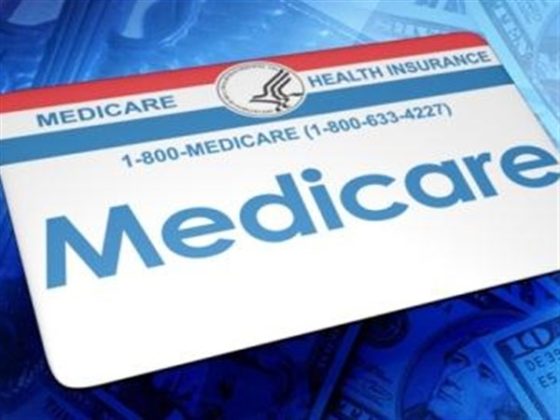Your Insurance … with Michele Campbell: Are you retiring or new to Medicare?
If you use in network doctors, you pay the in network pricing.
![]()

By Michele Campbell

Michele Campbell
Are you turning 65 or retiring? You might be feeling a little overwhelmed with all the information out there. Marketing makes you feel like you’re not doing something right or you’re missing out on something. Remember it’s their job to reel you in and get you to make that phone call. Here is a quick overview on Medicare.
Original Medicare = Part A & B
These are the only parts provided by the government. If you’ve worked your 40 quarters, which equals 10 years, then Part A should be free. Part B has a standard rate or $164.90, but can be higher based on income. You can check what your Part B premium will be on Medicare.gov. Once you know this, you will get a better idea of what your costs are for retirement planning. Once you’ve enrolled in Medicare Parts A & B, then you can purchase either a Medicare Advantage plan or a Medicare Supplement plan along with a Part D prescription drug plan.
Part C = Medicare Advantage Plan
Typically these are HMO plans, but some PPO plans have become available in the past few years. HMO plans are considered Managed Care, where you pick a Primary Care Physician, who belongs to a network. Once you’ve picked your doctor and start using the plan, you have to get referrals to see specialists. If you choose to go out of network, then you won’t have any coverage with the HMO’s.
 With PPO plans, you don’t have to pick a primary care physician upon enrolling and you don’t need referrals to see specialists. If you use in network doctors, you pay the in network pricing. If you use out of network doctors, you pay quite a bit more, but you have freedom to go out of network.
With PPO plans, you don’t have to pick a primary care physician upon enrolling and you don’t need referrals to see specialists. If you use in network doctors, you pay the in network pricing. If you use out of network doctors, you pay quite a bit more, but you have freedom to go out of network.
With Medicare Advantage plans, most have deductibles and copays. Sometimes there are no copays, such as for Preventative Services. For bigger ticket items, like inpatient hospital, outpatient surgery, MRI’s, etc., you typically have larger copays. For smaller cost items, like x-rays and lab work, they can be $0 or small copays. Most Advantage plans include a Part D drug plan, so you’ll satisfy that portion that Medicare requires you have.
Medicare Supplements are not HMO or PPO plans
Supplements are secondary to Medicare. The supplement can pay deductibles and co-insurance that Medicare doesn’t pay. There are various plans but the most popular plans are Plan G and N. These do not cover medication you pick up at the pharmacy, so you’ll need to add a Part D drug plan. There is a lot more detail that goes into these plans, but this is a good start to compare the differences.
- Your Medicare … with Michele Campbell: It’s important to understand the details of Medicare enrollment periods - August 9, 2023
- Your Insurance … with Michele Campbell: Are you retiring or new to Medicare? - December 14, 2022
- Your Medicare … with Michele Campbell: Open enrollment is coming soon - September 23, 2022

